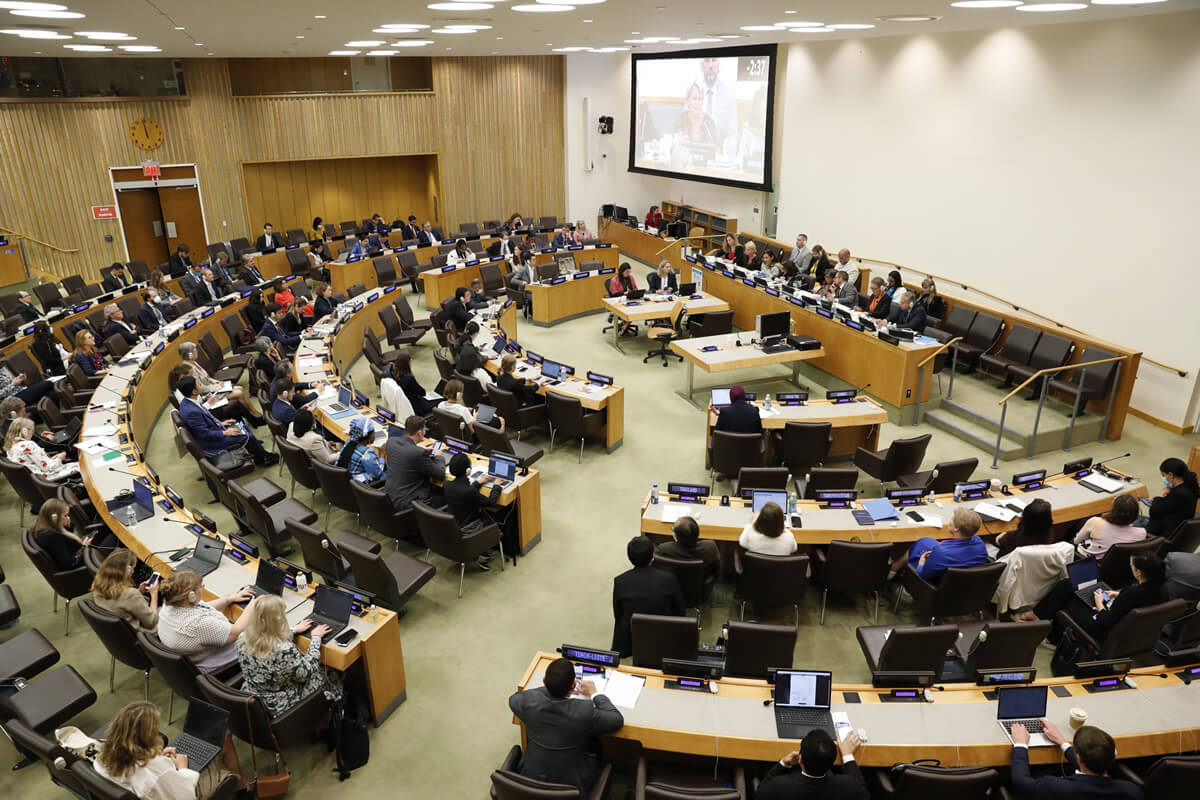Footy and alcohol is a constant topic in Melbourne and beyond, even between seasons. Players behaving badly on the turps is a standard club issue.
Lily Curtis
PhD Candidate, Eastern Health, Faculty of Medicine, Nursing and Health Sciences
Steven Roberts
Professor, School of Education Culture and Society, Monash University
Fan culture seems to demand that one must drink in order to watch no matter what. Amateur clubs are no different – perhaps even worse due to being unscrutinised.
But what about women’s football, and what about amateur women’s football? What’s going on there in terms of alcohol, players, gender, and club culture?
Monash PhD student Lily Curtis, of the Eastern Health Clinical School in the Faculty of Medicine, Nursing and Health Sciences, took a close look, and has now published a paper in the Journal of Sociology.
Professor Steven Roberts from Monash’s School of Education, Culture and Society, is co-author. The researchers looked at female players from suburban amateur clubs in Melbourne in 2020.
Curtis spoke to Lens about what they found.
It’s interesting to look at women in amateur footy rather than the AFLW players and clubs, who would be under more scrutiny.
I think to look at AFLW, or even AFL for men, they definitely have different standards, and I think there’d be a stark difference between on and off-season, whereas in the amateur leagues people are still able to go out on the weekends during the season, which you don’t really get in the professional leagues.
But within the players we studied, they were opposed to drinking being so central to the culture, because they were there to play the sport, and to be the best and try to climb the divisions and the ladders. There’s obviously other women who are there more for the social side. We saw both.
Your research was based on or influenced by similar research in France into women’s rugby and drinking?
Absolutely, drinking and using alcohol as a way of being part of team culture and camaraderie, but then also not being able to drink too much, because there’s still very much the distinction between men and women’s teams, and the way that men and women play and celebrate and interact.
It was about drinking to become a real sportsperson, but then having the sportsmanship, or sportswomanship, to know your limits and understand your role.
The “drinking-induced gender deviant” is what they call it in that article. I thought that was a really interesting tension, which definitely came up as well in our interviews.
In Melbourne, you looked closely at four specific themes around alcohol – homosociality or making friends, awareness of appropriateness, men versus women, and women’s cultural priorities.
Yes. Drinking is central to the initial team bonding, and for the players I talked to, all of the women’s team were part of, or linked to, a pre-existing men’s team, so they did take on some of those traditionally masculine drinking norms. They would go to a team event where alcohol was very much part of it, but the interesting thing was that as the team culture developed with the women, it eased off on the drinking.
Obviously, there was still that element of drinking, especially with whole-club parties and events, and things like that. But it was key to the initial bonding and friendship, and then in general eased up.
Then, in terms of the appropriateness, there were obviously a variety of different experiences, but generally there was a different standard that the women felt themselves aware of in terms of the gendered differences.
When it’s whole-club celebrations and events, there are coaches and managers and different kinds of people in different positions of authority, so there was always that kind of awareness of maintaining gendered standards. That was interesting. The women said there was definitely a different standard, in that regard.

Next were the differences between men and women and “cultural priorities”.
That again links back to sociality, friendship-making, so alcohol is used as the social lubricant, and it’s something to bond over, but over time the women definitely talked about a different series of priorities in that they really wanted to engage in actual friendships outside of just drinking and outside of football, really creating a stronger team environment with stronger bonds.
Whereas they say the men’s teams were together if they were playing football, or training for football, or drinking with their football team.
There was a very clear distinction in that regard. The women had cultural priorities of collectivity and mutuality, so really with that it was mostly women talking about always looking out for each other in those situations, on and off of the field.
The team I did the focus group with, it was only their second year playing together, so they had really laid the groundwork in terms of the mutual respect and the priorities in terms of wanting to make themselves distinct from the men’s team, and from the norms that were prevalent in the male team, instead of just becoming a women’s team attached to a men’s team making their own way and setting a new standard.
So both the French rugby team and your footy team joined a male culture but also resisted it?
They both definitely have unique narratives as well, but that resistance definitely carried across both sports and both countries. I definitely found that was something that came up a lot in different ways.
What was unique about the women’s football culture in Melbourne?
Football is so deeply linked to drinking as a participant and as an observer here, but also the way that we’re tied to an Australian drinking culture more broadly.
I think what is unique is the space that women have made for themselves. The French rugby paper was in 2014, so it doesn’t seem like that long ago, but still there’s been a definite shift in the space that women are allowed to take for themselves in the world of sport.
So in a space where drinking is so central in Australia, the way that women are trying to make a new culture within that is really interesting.
The paper cites an incident where a male player came to a “Silly Saturday” club function dressed as a specific female player? You write that it’s a masculine performance that minimises women’s experiences and perspectives.
Yes, and alcohol was the default response – laugh it off, have a few drinks. The team was early in its development, and there was a feeling that even if you wanted to bring up issues, they didn’t know where to turn.
But at the same time, your women were more team-focused, to the point where they removed a player who had too many hangovers?
There was a strong emphasis on fitness. With the men’s teams at the club the pool is a lot bigger, so they might have five different men’s teams and usually one or two women’s teams.
So if you’re being held to a certain standard, but also you bring everyone up together, there’s just not as much room for people who are not pulling their weight, or perceived as not pulling their weight.
Thanks, Lily. Fascinating. What are you researching now?
I’m still studying alcohol culture. I just finished my first year of my PhD research, which is about young people’s experience of alcohol during COVID.
In the busy schedule, if I have time allowed to further the research into football, I would love to do that, but at the moment I’ve switched the lens a little bit to look at young people more broadly throughout COVID. Thank you for being interested!








